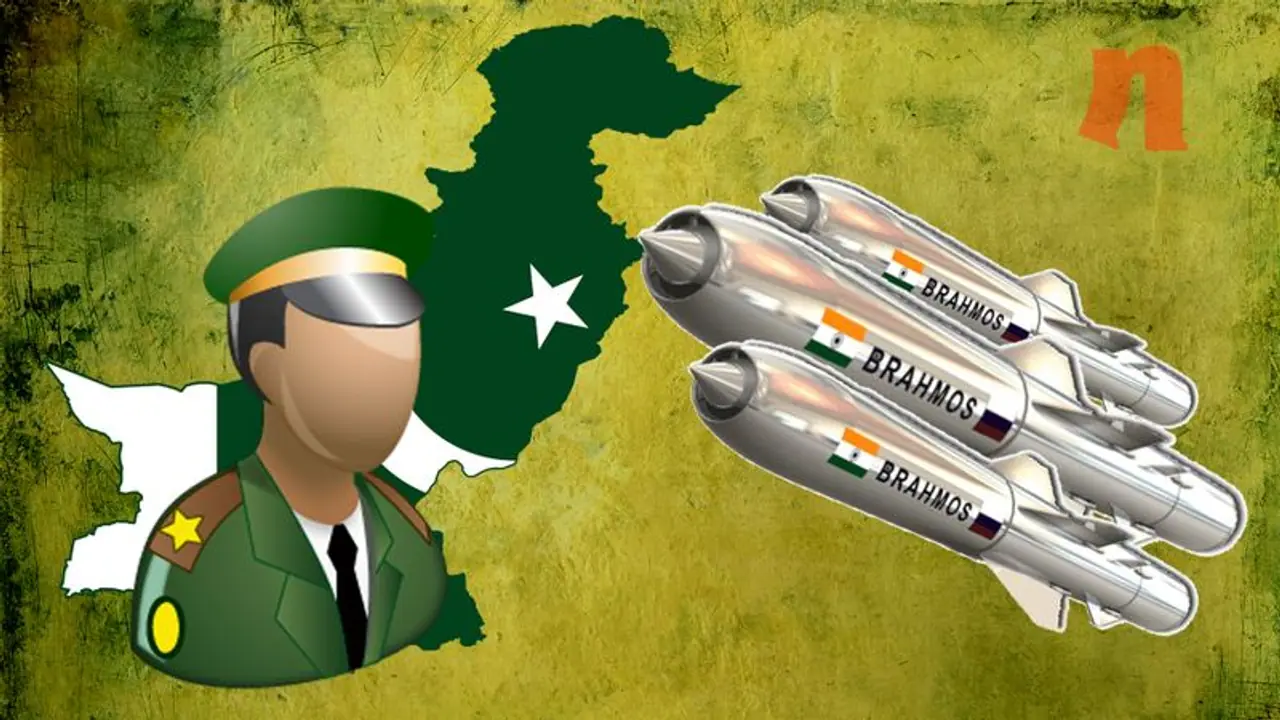After Indian Air Force's major action against terrorist camps across the Line of Control, here are some other jewels in the Indian weaponry that can get Pakistan on its knees
New Delhi: After the ghastly Pulwama attack, the Indian Air Force (IAF) has taken strong action against Jaish-e-Mohammed terrorists. The IAF deployed multiple Mirage 2000s aircraft to drop about 1,000 kilograms of explosives last night in terror camps across the Line of Control.
According to sources, around 3.30AM on the night of February 26, 12 Mirage-2000 fighter jets completely destroyed terrorist base camps in Balakot with laser-guided bombs (LGBs).
Also read: https://www.mynation.com/news/indian-jets-cross-loc-bomb-balakot-muzaffarabad-claims-pakistan-pnijr3
This retaliation came after a Jaish-e-Mohammed terrorist attacked a bus carrying the CRPF personnel with vehicles carrying explosives, in which at least 40 jawans were killed. This is the worst terror attack since the Uri attack in 2016.
In light of recent events by Indian defence forces, here are 10 jewels in the Indian weaponry that can bring Pakistan to its knees. The weapons shown in this gallery show the strength of the Indian Defense Line, many arms such as Raphael, Arjun Mk2, Barak-8, INS Vikrant are not in this list because at the time of writing, either they were being tested or were not included in the service (with information from defencyclopedia):
Sukhoi-30Mki Aircraft

Made in Russia, the Sukhoi-30 fighter jet is counted among the best aircraft in the world. With a length of 21.93 meters and a wingspan of 14.7 meters, the fighter jet can reach a maximum speed of 2,100 kilometers per hour and can attack to a depth of 3 thousand kilometers. It has two powerful engines that make it capable of flight in any unfavorable weather. The Sukhoi-30Mki have proven their skills in attacking from the air and in the air.
BrahMos Missile
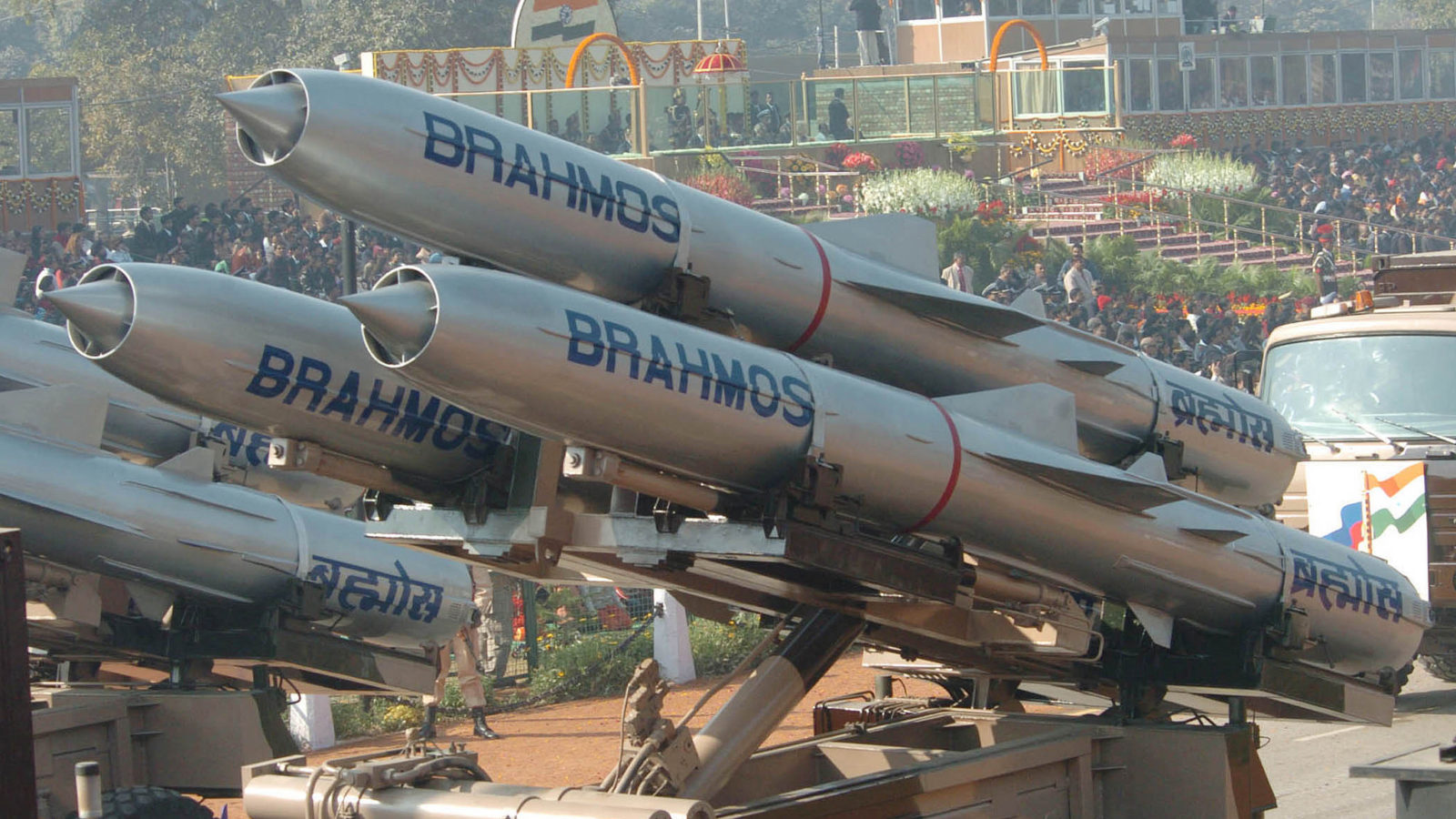
India and Russia also developed the world's fastest anti-ship cruise missile BrahMos. The missile travels at speeds of Mach 2.8 to 3.0, which is being upgraded to Mach 5. It can attack on ground, sea, sub-sea and sky. Equipped with 'Steve Dive Capibilites', the missile can also attack hidden targets in mountainous areas. Air format of BrahMos is being prepared for flight tests on the Indian Air Force's Sukhoi-30 MKI fighter. The Navy has deployed this missile in many of its warships. Brahmos Block-1 and Block-2 regiment have been included in the army and Block-3 has been successfully tested this year.
INS Chakra-2
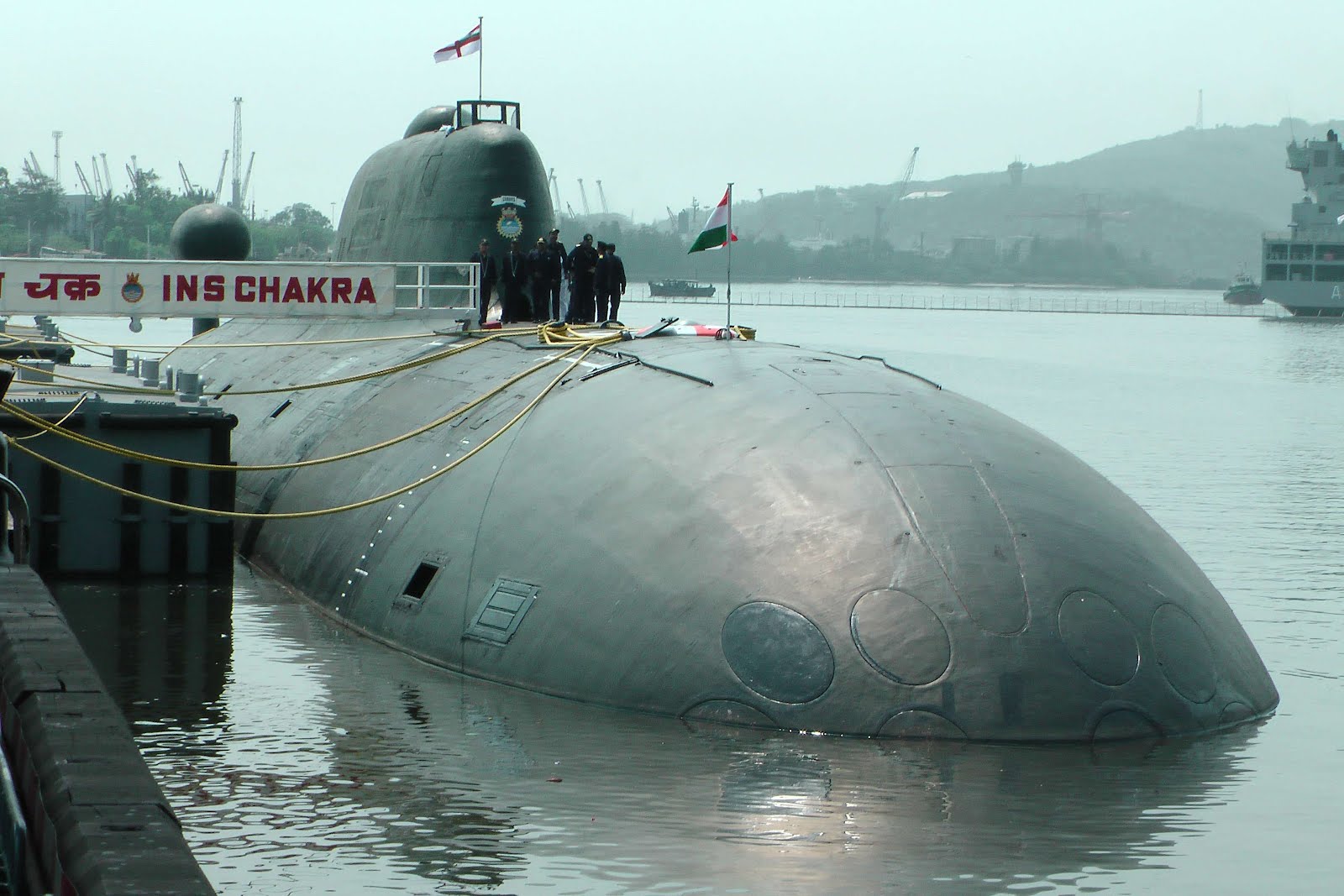
Russia-built submarine INS Chakra-2 with nuclear capability-is a major naval equipment. Originally named K-152 Nerpa, this Akula-2 class submarine has been taken from Russia for a 10-year deal. Before joining the Navy in 2012, its name was changed to INS Chakra-2. This submarine can stay within 600 meters under sea level for three months continuously. The maximum speed of the Nerpa submarine is 30 knots and it is equipped with eight torpedoes.
AWACS
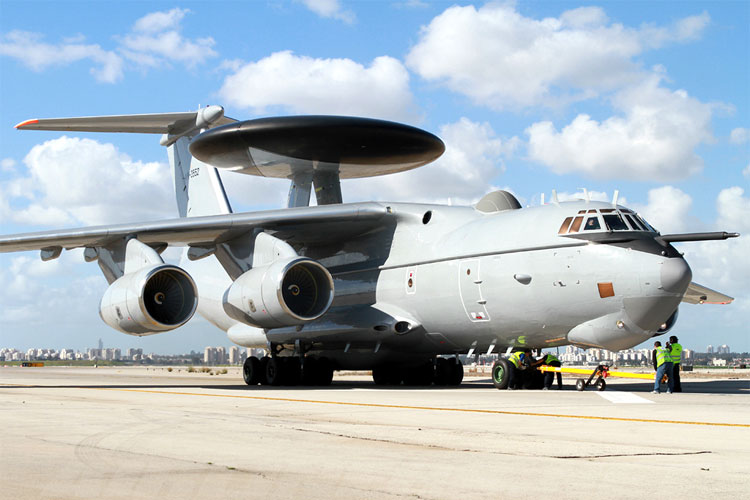
'Airborne Warning and Control System' (AWACS) is able to detect cruise missiles and planes in almost any weather, about 400 kilometers in the sky. The system is equipped with Israeli technology that has been installed on aircraft IL-76. Under this system, objects which are flying at a low altitude can also be detected, which otherwise do not get detected in other radars.
INS Vikramaditya

Russian-built 44,500 tonne Kiev-class aircraft carrier, INS Vikramaditya, was included in the Indian Navy in 2013. The 283.1 meters long warship has 22 decks and an overall area equivalent to three football grounds. There are 22 floors in this vessel and has a capacity to carry 1,600 people. It patrols at 32 knots (59 km/h) and can remain in the sea continuously for 100 days. It is capable of carrying 24 MiG-29K / KUB. It also houses an airplane.
Bhishma Tank

The Bhishma Tank, formerly known as T90, is like the Brahmastra of India for a direct battle with the enemy. This can be used to strike up to five kilometers and the most striking feature of this tank is that it is impervious to any kind of chemical or biological attack and radioactive attack on this tank. Weighing 48 tonnes, Bhishma also houses a 12.7mm machine gun that can be operated manually. The commander can sit inside and control it from the remote. Though initially it was said that India's Bhishma is a downgraded version of the Russian version, however, India has made it better by equipping it with Israeli, French and Swedish sub-systems.
P-8I Aircraft

India has a 7,500 km long coastline and P 81 was deployed to guard it. Far ahead than any aircraft in strength and sensor suit, P-8I can fly for 4 hours. Manufactured by Boeing for the Indian Navy, it also doubles as a commercial airliner making it easy to maintain. There is also a long distance radar on P-81 and it has a special type of sensor to find submarines. It can carry 6-8 Mk-54 torpedoes with 120 Sonoboys and 4 Harpun missiles on their wings.
Nag Missile

Developed by the DRDO, Nag is an Indian third generation 'fire-and-forget' anti-tank guided missile. The specialty of the missile is that it is equipped with top-to-fire, firegate and the ability to fire in all seasons. To attack, the 42 kg weight of this missile can be applied to the light weight helicopter to hit the ground from the air. This missile can be fired by Infantry Combat Vehicle BMP-2, Namika.
PAD/AAD Ballistic Missile Defense System
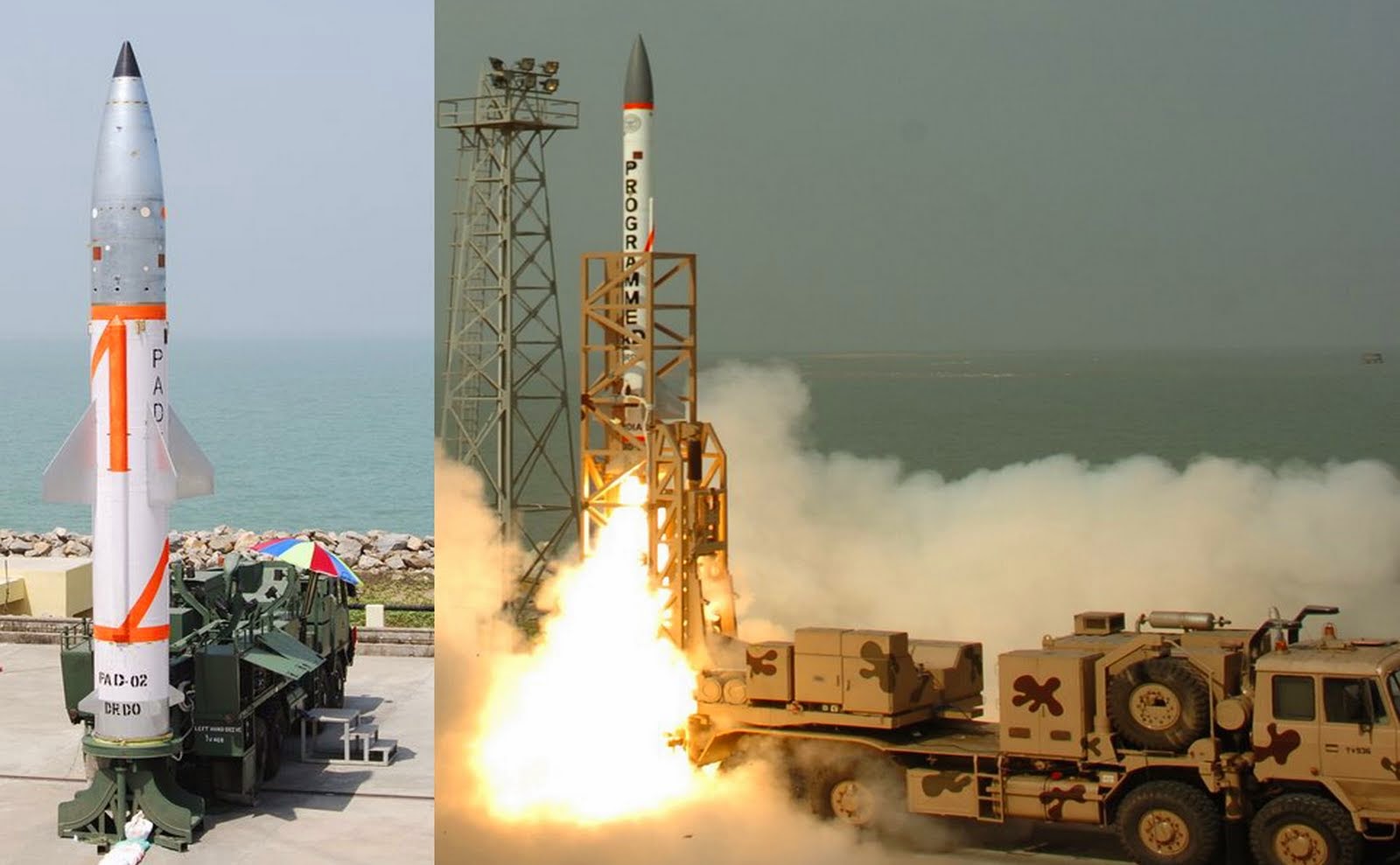
The Indian BMD program has been tested on a short range ballistic missile. Solely introduced in light of the ballistic missile threat from Pakistan, it is a double-tiered system consisting of two land and sea-based interceptor missiles, namely the Prithvi Air Defence (PAD) missile for high altitude interception, and the Advanced Air Defence (AAD) Missile for lower altitude interception. According to reports, on short notice, it can be deployed for the security of major cities in the country. PAD can kill upto a distance of 2000 km and AAD can be used up to a range of 250+ km. Both missiles are guided through the Virtual Navigation System (VNS).
Pinaka Rocket Launcher
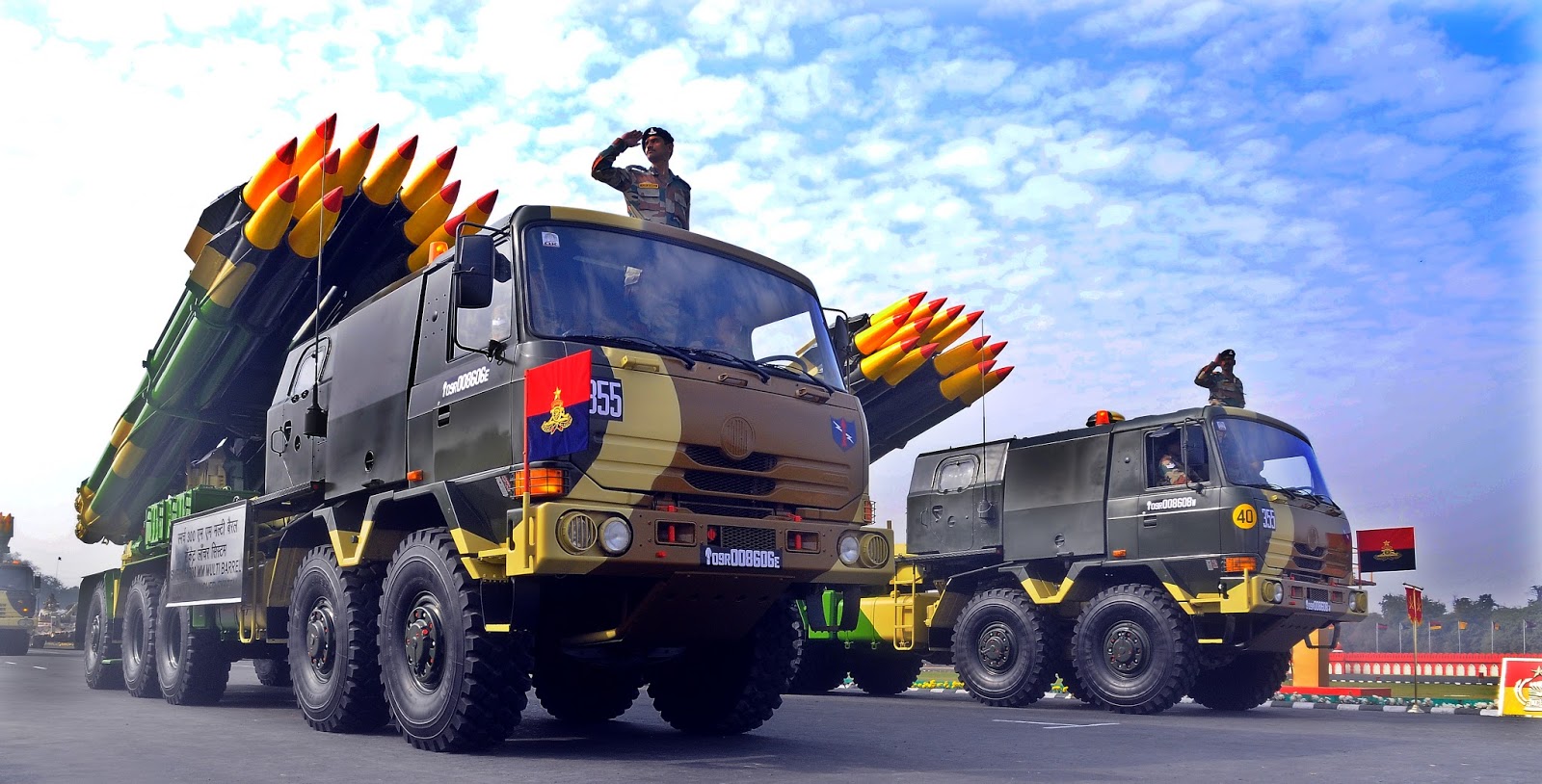
This multi-barrel rocket launcher was developed jointly by Defense Research and Development Organization (DRDO) and the Indian Army. Pinaka is a weapon system whose goal is to make supplementary arrangements outside the range of 30 kilometers for existing cannons. The ability to accelerate and rapidly burn during a less-intensity war-like situation gives the army an edge.
